Photo post of the week
In which we wander around Clifton and Hotwells, mostly
More buildings around Bristol.

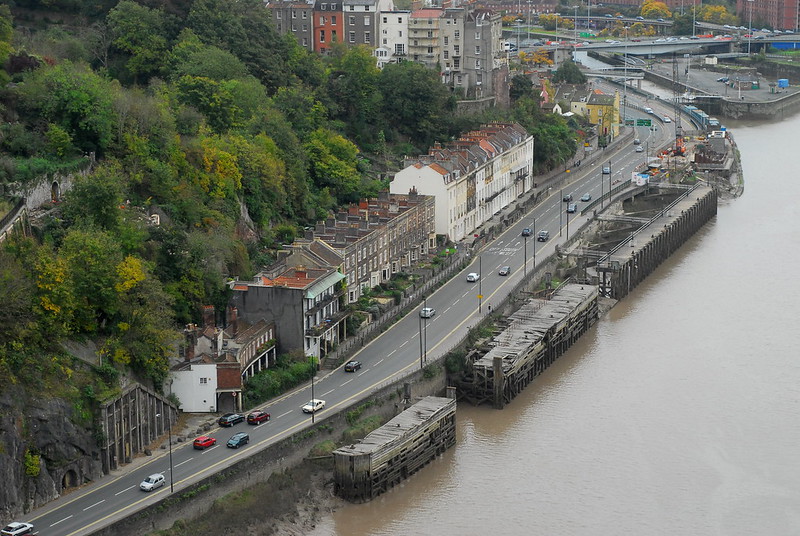
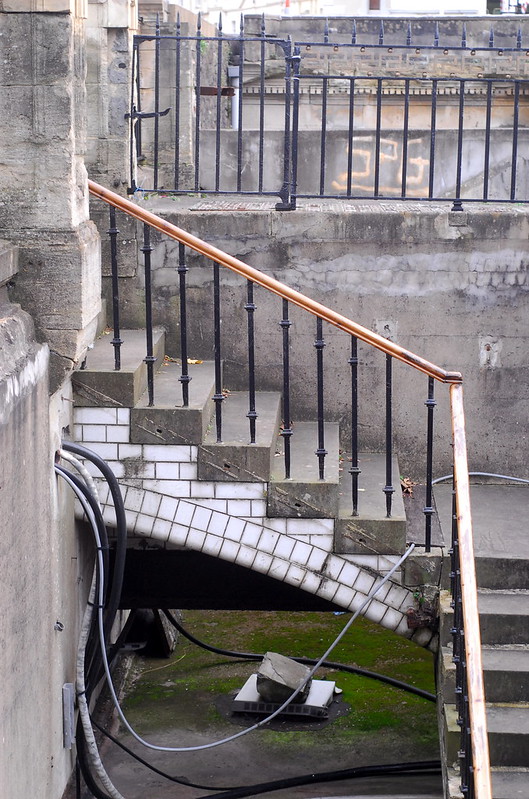
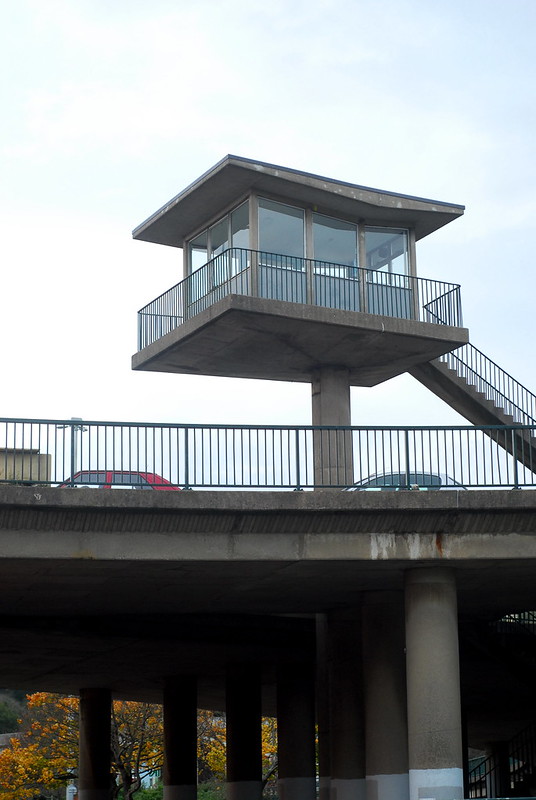

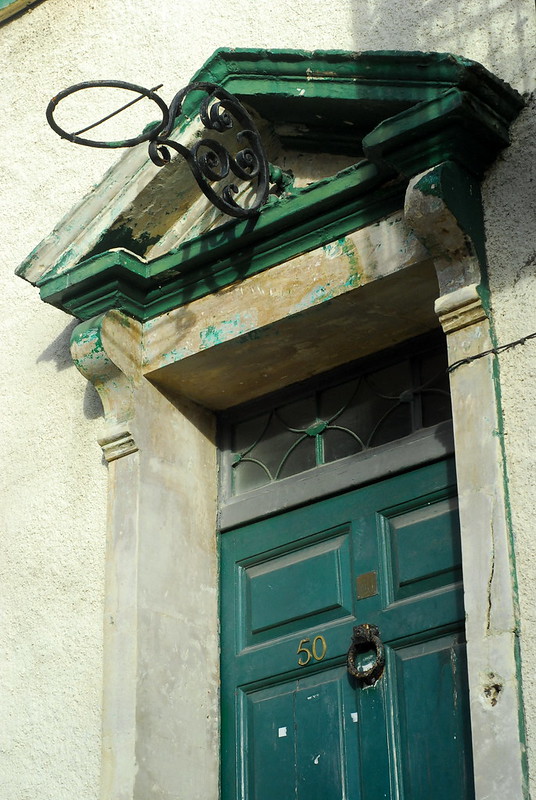


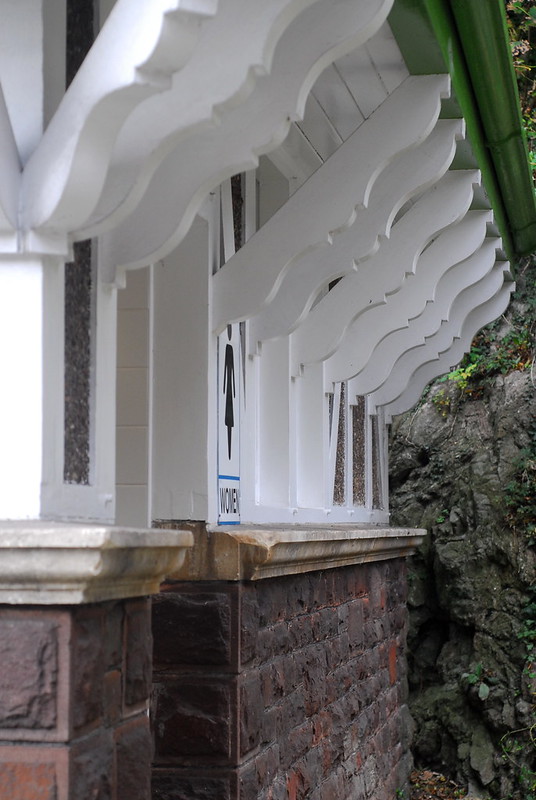

A homage to loading screens.
In which we wander around Clifton and Hotwells, mostly
More buildings around Bristol.









In which we consider Robespierre’s eyesight
Since briefly writing about Maximilien Robespierre the other week – particularly, writing about the biography Fatal Purity by Ruth Scurr – I’ve had a couple of search hits from people looking for Robespierre information. And one, in particular, tickled me.
maximilien robespierre glasses
Drinking glasses with Robespierre etched on the side? Possibly. But, I assumed, about spectacles. Because Robespierre was famous for wearing spectacles. His whole life, he had terrible eyesight. He habitually wore glasses with green-tinted lenses, and often when speaking, a second pair over the top.
He was both short- and long-sighted, so everything he saw was slightly blurred. His glasses helped him focus, they filtered the harsh sunlight, and they were also props used to dramatic effect as he spoke at the tribune. (Scurr, p10).
Strangely, though, there are barely any portraits of Robespierre that show him wearing glasses. There were probably thousands of images of him made during his lifetime – his own study was practically papered with pictures of himself – but in just about all of them his forehead and eyes are bare. There is one portrait showing them resting high on his forehead; and one rough sketch, made the day before his death, in which he’s wearing them.
Maybe it’s something about his depiction, often in an idealised fashion; but that doesn’t apply to all the portraits made of him by a long chalk. Maybe, though, it’s about his own personality. Robespierre had something in common with the modern far-left politicans George Galloway and Tommy Sheridan: a noticeable pride in his own appearance and clothing, bordering on vanity.* Unlike many of his contemporary revolutionary colleagues he always dressed well, as well as he could afford, and fashionably.** Maybe he didn’t want to be seen in glasses, even though he had to wear them all the time. It’s certainly a possibility. If he was around today, I’m fairly sure that he’d go for contacts.
* Apart from that, and their place on the far left, he had very little else in common with them, of course. On the one hand: Robespierre did achieve a position of high political importance in his lifetime. On the other, he’s unlikely to ever appear on Celebrity Big Brother, what with being dead, and all. Robespierre was often libelled in the press; his response was to start his own political newspaper. Court cases weren’t really an option at the time.
** The BBC’s rather unhistorical Saturday-teatime version of The Scarlet Pimpernel was particularly inaccurate here, showing him always in dour black outfits, when he was famous for his brightly-coloured jackets and embroidered waistcoats.
In which we discuss tagging and filksonomies
Another design point that’s come up as part of the Grand Redesign I keep promising you: tagging. The little bundle of links at the bottom of each post that I didn’t really think did very much.
I was a latecomer to tagging. When this site first started, it didn’t have any for the first month or so. After a while I started adding them, pointing them to Technorati. Back then, the site was running on WordPress version 1.5.something, and it didn’t have any built-in tagging support. I was trying to avoid using too many WordPress plugins, and I didn’t think that tag management (as distinct from tagging per se) mattered all that much; so I wrote all the tags manually. Like this, at the end of each post, with the <a> element repeated for each tag:
<small>Keyword noise: <a class="tag" rel="tag" href="…">tag1</a>, …</small>
Which worked, quite well; there was a visually distinct “tag” class, because I wanted tag links – which all led to Technorati back then – to be visually distinct from regular links which would go to whatever they were about.
Things move on, though, and WordPress has since gained built-in tagging functionality. Given that I’m redesigning the whole site, and putting in new built-from-scratch layout templates, I thought I may as well switch to using a more organising tagging system. For one thing, it means less typing each time I write a post. All that code up above is replaced by one little chunk in the template:
<p id="thetags"><small><?php the_tags('Keyword noise: ', ', ' ,");?></small></p>
This one covers all the tags, calling a Wordpress API function to pull them out of the database and convert them into HTML. I know all those commas and quotes look a bit confusing; but really they’re not that bad. And the point is: this is in the template, not in each post. That bit of code there only has to be written once; the previous chunk had to be typed out every time. The most awkward part is that WordPress isn’t flexible enough to let you set the class of each link individually, hence the <p class="…"> at the start.
The big change this leads to, though, is that the tag links no longer point to Technorati. Now, they point back to the site itself: tag page requests generate a page containing every post marked with that tag. And, already, that’s shown that people do indeed click on the tags. People, particularly people coming from searches, do seem to use them. Whether they find them useful or not is another matter, of course, now that they point back within the site and not to a broader variety of opinions on the matter; but they do get used.
Doing it this way means that I put more tags on each post, simply because there’s much less typing to do. Conversion, though, is going to be a bit of a job. Right now there are 760-odd posts on this site, all of which I’m having to reread and re-tag. It’s going to take a while, but hopefully the majority of it will be done by the time the new design is finished.* The only problem with this transitional phase is that: the current template is, because of its age, completely unaware of tags. So it doesn’t really know what a tag-based archive page is; so when you click on a tag, there’s no explanation as to what you’re looking at. I’m not sure if this is going to be a problem for you readers or not; and, hopefully, it’s only going to be a short-lived situation.
The word “folksonomy” has often been used to describe this sort of tagging system. I’m not sure it’s an ideal term for what I’m doing, though. “Filksonomy” might be more relevant: a bit like a folksonomy, but rather more whimsical and silly.
*** In any case, there are plenty of other parts of the new design that also need each post checking and potentially editing.
In which we watched Being Human
After the post last week, I felt we really should watch Being Human, the new BBC3 series set largely in Totterdown. We were, I have to say, pleasantly surprised.
I’m not going to summarise the plot here, other than to say: it’s a fantasy version of the classic sitcom plot. Three oddball characters who are stuck with each other – a vampire and a werewolf who are trying to appear human, and have managed to rent a haunted house.* If it is a sitcom, though, it’s the sort I’d like to write myself: the sort without very many jokes in.**
Some things were a little overused – the heavy heartbeat when Mitchell The Vampire’s blood-lust attacks came on; and the post-production effect used to make skies look darker and more interesting. Some of the mechanics of the worldbuilding don’t quite make sense, either.*** But, overall, the series was remarkably subtle and realistic, at least as far as something involving almost-immortal beasts can be, of course. Moreover, unlike the trailer, the characters, not the backdrop, were its main focus. It might have obviously-recognisable locations – the Totterdown house, the General Hospital, St Nick’s Market**** – and it might have bit-part actors with local accents; but so far, it could have been set anywhere. It didn’t rely on the location for anything.
I can guess how the series is going to go from here. The real test, I suppose, comes with: just how well the minor characters are treated. Will Herrick, or Lauren, become just as full a character as Mitchell? What about Annie’s fiance?***** We’ll watch it, because we’ll be intrigued to find out. And, of course, just in case, we spot anyone we know lurking in the background of a shot.
* go back to the post linked in the first paragraph to find out more about it.
** This is a good thing; we noted that Being Human was made by the BBC’s Cardiff drama section, and not by the people responsible for the awful laugh-tracked sitcoms that pass for entertainment on BBC3.
*** Actually, Vampire Civil Wars are an interesting argument to overcome the usual objection to vampires: if they’re immortal, and all their victims became vampires, then why didn’t we get to an I Am Legend-type situation about three weeks after they first evolved? Not being up on vampire-based literature, I don’t know if anyone else has ever covered it. They must have, at some point.
**** We did both shout out “Pie shop!” when George The Werewolf ran through the market and past the Pieminister stall
***** It confirms something I’ve thought for a long time, incidentally: ghost stories really can be the saddest stories in the world.
In which we discuss similarities between books and blogging
Last week, in the last Book I Haven’t Read post, I mentioned By Hook Or By Crook by David Crystal, and predicted that – in contrast to the book I was actually writing about – I’d have By Hook Or By Crook rattled through and quickly finished off.
Well, indeed, I have: it’s read, finished, and back on the bookshelf now. Prediction correct. And, as I said before, I think it was easy to read precisely because it mirrors the way I think. To recap: it’s written as a road trip, during which the writer muses on anything, really, that he finds of interest as he passes. A nearby manor house reminds him of a railway engine named after it, which prompts him to muse on railway engine names in general. The journey from Anglesey to the mainland prompts him to recount the history of the Menai bridges,* and a trip to Hay-on-Wye leads to the history of inn signs, coats-of-arms, and many other things besides.
It’s a book of associations, and a celebration of associative thought. I’m sure that it didn’t actually take place as a single trip, and that when Crystal sat down to write the book he didn’t just muse on whatever came to mind; it’s too carefully structured and crafted for that. But it does read as if that’s what he’s doing. It made me think, moreover, of the way I write this blog, which isn’t at all carefully structured and crafted. But, as I move through the world, I see things which spark my brain alight and give me something to think about; and this blog is the result. It’s full of rambling and digression, but, rambling and digression with a common thread behind it, the thread being the things I encounter.**
I was thinking about this as I got towards the end of By Hook Or By Crook. So, I was quite amused when I reached Crystal’s thoughts on blogging.
[Blogging] is writing which is totally spontaneous, put up on a screen without the intervention of an editor or proof-reader, so it is much more like ‘speaking in print’ than anything before. And it shows many of the properties of spoken language, such as loosely constructed sentences and unexpected changes of direction. Bit like this book, really…
David Crystal has a blog. He started writing it at the end of 2006; he said, as a sort of FAQ page. Given that By Hook Or By Crook was published in ’07, though, I’d assume that he started blogging either a few months after the book had been written or when it was in the final stages of completion. I’m wondering if writing that book was one of the other things, though, that prompted him to start writing a blog. Because, really, they’re often exercises in a similar sort of vein. Spotting something that interests you, and telling other people about it.
* from building up to burning down, you could say
** Which is all a bit of a longwinded and pretentious way of saying: I write about whatever’s on my mind.
In which we wander around Bristol
Thursday’s post was verging on being Photo Post Of The Week itself, what with, well, the amount of photography in it. It didn’t feel like a real Photo Post, though, so I didn’t try to turn it into one.
Having said that: this week, the photos aren’t too dissimilar in feel to what I showed you on Thursday. Bristol being a character in itself.



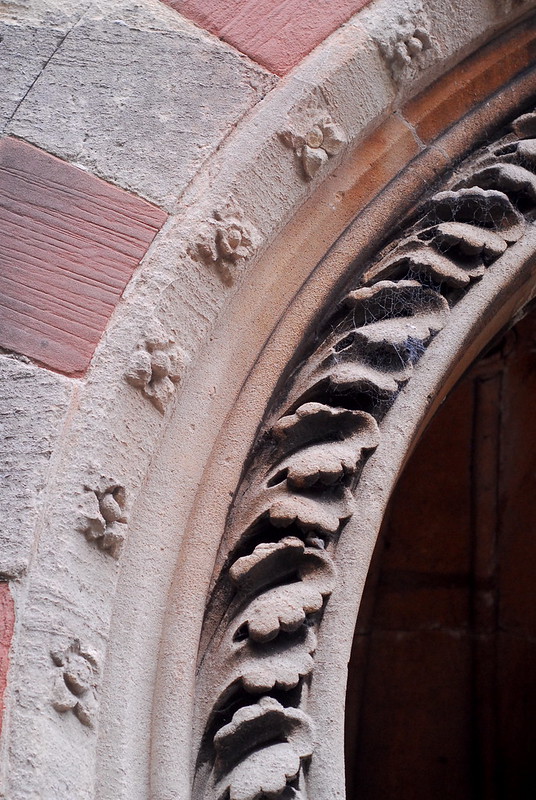
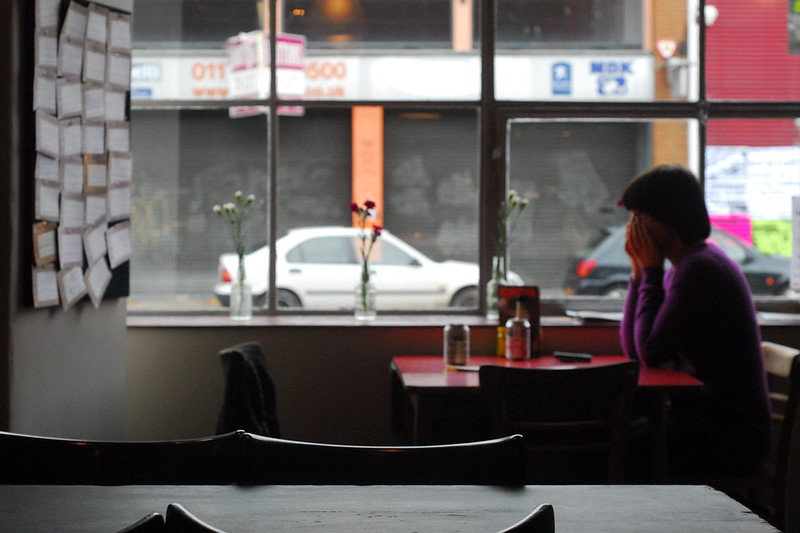
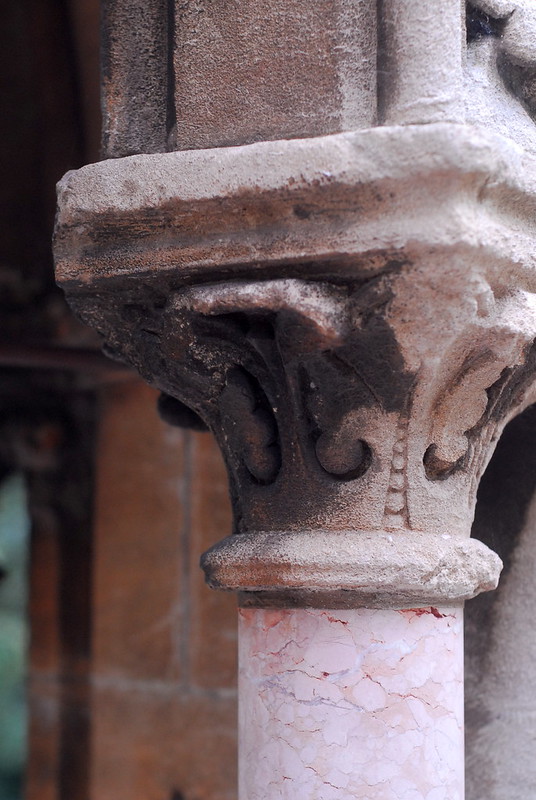
In which we track down a TV location
Bristol often pops up on the telly. Famously in Casualty, Teachers and The Young Ones; slightly less famously in Only Fools And Horses.* Just lately, though, I’ve noticed a lot of trailers for a new BBC3 series, Being Human. Not only is it obviously filmed in Bristol – and south Bristol at that – but the city is practically the most distinctive character in it. Lots of shots of typical Totterdown terraces; with steeply-sloping streets, and brightly painted houses with rooftop parapets. I suppose that, as you arrive in the city, Totterdown is a rather prominent and visible area, what with the way it looms over Temple Meads like a pastel-coloured precipice.
After I’d seen it a few times, in fact, I wondered if I could recognise locations on the trailer. The pet shop window near the start, for example:

That’s an easy one, to be honest, because you can just about make out the shop name in the window. It’s “Ollys Pollys Pet Shop”, on St John’s Lane. Here’s a photo I took the other day, also with the lamp post in the way:

Spotting the location of the house that the characters are sharing is a bit trickier, but not much. At the end of the trailer the camera pans upwards to show the skyline behind their house.
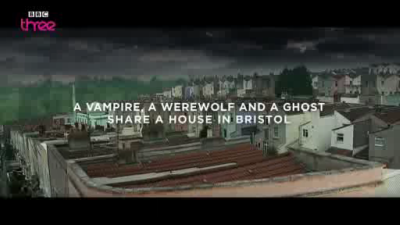
Over there in the background, underneath the darkening sky, you can see some greenery, and a building that looks rather like a mosque. If we assume that we’re right that this is Totterdown, then that must be the Green St mosque, and the greenery behind it definitely is the right shape to be Victoria Park.** So that means we must be somewhere between St Lukes Road and Wells Road. We’re looking for a very typical Bristolian corner terrace, as you can see from this shot:

And a little bit of map-research and field-walking will take us right to it:
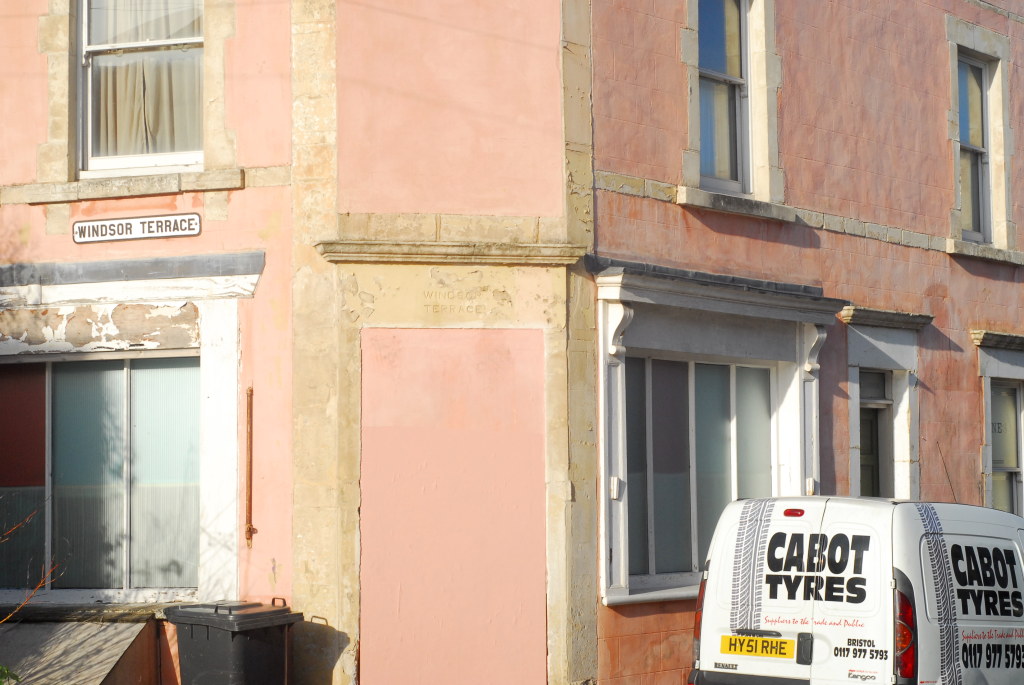
It’s on the corner of Windsor Terrace and Henry St, and looks rather dilapidated on the outside – peeling paint on the lintels, as you can see, both in my picture and on the trailer if you look carefully. Intriguingly, some of the downstairs windows are former pub window glass, etched, with words like “Wines & Spirits” on them. Being new to the area, I have no idea if the building was a pub at one time or not. Don’t worry: I’m not going to do this with every single scene in the show. But it was fun to discover the location: somewhere that looks very, very typically Bristolian, without being what you’d say was a real landmark.
* The outside shots of Nelson Mandela House were actually of a tower block in Bedminster, about ten minutes walk from where I am right now.
** Which I thought was called Windmill Hill park, because, well, that’s where it is. It’s rather interesting in its own right, because it contains a Troy Town maze built out of brick, built to commemorate the city’s clean water supplies. I keep meaning to write something about Troy Towns.
In which, yes, the guided busway is apparently still on the agenda
Yes, it’s back in the news again. The Ashton Vale guided busway route, which I devoted several posts to at the end of last year, has reared its ugly head again. A quick update: the local councils want to convert a chunk of South Bristol railway line – most of which operates as a council-run heritage railway – into a private buses-only road, to replace the current park-and-ride bus route through Hotwells. They had a consultation about it. Now, 7 weeks later, the consultation results are about to be revealed.*
What do they say? From what’s been released so far, not very much at all. Only that the previous rather low price estimate is already on the way up – no surprise there then. It’s confirmed that a new bridge is going to be built alongside Prince St Bridge – that will take a big chunk out of the budget, for starters. But one of the big empty questions from before the consultation – the route the buses will take from there – still isn’t addressed. The planners are also positive that these will be fast, rapid, high-speed buses, because there will be Special Measures to make sure that they don’t get delayed in the city centre – but they have no idea what said Special Measures actually will be. The buses are still due to run along Cumberland Road – a decision which, as I discussed previously, means taking both the Bristol Harbour Railway and most of the width of Cumberland Road and giving it over to the bus route.
Furthermore, there’s still a great silence over where the money’s going to come from, exactly. Because that’s where the problem is, as it happens. Secretly, this isn’t going to be a bus scheme at all, because of how the council want to raise the money. Regular readers can skip ahead, because I’ve talked about this before, too. The money is coming from the Transport Innovation Fund, a body which provides grants for “demand management” schemes – in other words, congestion charging or similar. This new bus route might be being promoted, so far, as a new fast bus route: but at some point, unless the funding radically changes, the truth will pop out from underneath it. This is a congestion charging scheme with buses on top; the congestion charging part has, so far, been kept quiet.
None of this has been mentioned widely as yet. The Evening Post’s reporting has mostly been limited to repeating the relevant press releases, which of course have been rather quiet about this. It’s not surprising that councillor Mark Bradshaw says, according to the paper, that he wants to get the scheme finished as soon as possible. He’s presumably hoping that the funding bid will be written and in the post before anyone asks him what the demand management part of the bid is going to consist of.
* I like the way the Evening Post went with the headline “New Bristol bus route revealed” when barely anything has changed since before the consultation.
In which we compare two David Crystal books with the inside of my head
Yesterday’s post, about how we can’t stop ourselves buying books, segues quite nicely into today’s. We didn’t just buy books on Saturday; we bought more on Sunday, from the weekend bookstall outside the Watershed that I remember mentioning not that long ago. I picked up a copy of By Hook Or By Crook by David Crystal; and then, thought to myself, should I really be buying a David Crystal book when I already have a book of his on the shelves that I haven’t yet read? I didn’t pause for long, because “you’ve already got one by him” is hardly a very good reason for not buying a book, but it’s true that the one Crystal book already on our shelves is one that I’ve never been able to get very far with. It is: The Stories Of English.
I find the language fascinating: both in use and in history. It’s such a playful thing, can be twisted and swerved, can be squeezed and stretched, and can be bent into truly awful puns. I love playing with it, I love its richness and I love its history, its constantly fluctuating and mercurial history. And so, I thought – rightly – that The Stories Of English would be an extremely interesting book. Crystal, moreover, is a very engaging and lighthearted writer. He’s very easy to read, very interesting, and clearly knows what he’s writing about very thoroughly.
So why, then, is it that I’ve never managed to get past the Middle English chapters? I’ve tried to read it several times, I’ve always enjoyed the sections I have read immensely, but I’ve never been able to get through Middle English. Every time, my enthusiam’s petered out somewhere in the fourteenth century, I’ve not come back to the book, and its later chapters have remained untouched. And so – given the number of times I’ve made an effort to read it – it definitely counts as a Book I Haven’t Read, even though it’s actually very good.
There’s one thing, only one thing, I can put my finger on. It’s quite a non-linear book. There are excurses and diversions. There are lots of box-outs. This is understandable. All histories can be highly non-linear, and The Stories Of English is deliberately written in a non-linear way, to take account of the parallel histories of different dialects of the language. I’m used to reading non-linear texts, or in a non-linear manner when I’m online and going down a Wikipedia hole, or when I’m researching something: flipping between tabs in my web browser, or shuffling through several open books on my desk, comparing pages and stopping to take notes. Only the other week, for example, I was sitting in the city reference library comparing passages in several books of railway history and taking notes on the development of Great Western Railway Wagon handbrakes. When I sit down to read a book for pleasure, by contrast, I’m not used to doing that. I expect my books to have a beginning, middle and end; a linear structure if not a linear narrative; flipping back and forth, both physically and mentally, needs more concentration. Crystal’s straightforward writing style, in this context, is deceptively easy to read. Especially when you reach the Middle English period, and the stories of English really start to get complex, purely because the amount of evidence available on the history of the language becomes much, much more comprehensive, it needs a lot more mental effort to keep track of things than you might think you’d need when you open the book.
By Hook Or By Crook, by contrast, is structured in a linear way, but one that’s orthagonal to its linguistics. It’s a road-trip book, essentially, with Crystal musing on anything of linguistic interest – or of any interest to him at all – which he comes across on the way. And it’s ideal for me to read, particularly because that’s the way my own brain works. Like him, I’m exactly the sort of person who would do an emergency stop and jump out of my car to photograph a misspelled sign at a level crossing. I’m racing through it, and I’ll probably have read it by the weekend; and I’ll probably read it again and again over the years. Its mode of writing complements my own favourite mode of reading, and my own favourite mode of thinking. It must also help that I know some of the places he writes about: for example, when I first opened the book at a random page I saw a photo of the Boston Lodge toll house apparently taken from a passing train.
The Stories Of English, by comparison, is something I have to concentrate on to get my head around. That, I suspect, is why it’s a Book I Haven’t Read. Yet.
In which we go to the seaside
We should be banned from second-hand bookshops. They’re far too tempting. Even though we have hundreds of books, many many books we’ve never read, we still can’t resist popping into a second-hand bookshop and buying more. It’s not like going in a normal bookshop, where you have a good chance the same books will be on the shelf the following week. If you’re in a town you don’t know, and you visit a second-hand bookshop, there’s a good chance you might come across a book that you’ll never, ever see again anywhere else.
All this is making us sound very middle-aged. A weekend out for us: tea rooms and second-hand bookshops. It makes us sound like fifty-somethings. Oh well.
We’re still trying to find the Ideal Seaside Town, you see. So we went out on Saturday, to a potential one, and found a quiet (but windy) prom, a quiet (but very windy pier), a nice second-hand bookshop and a shortage of tea rooms. We did find more books for our library, though, squeezing into the bookshop. “Sorry about all the boxes everywhere”, said the proprietor. “You can’t get to all of our shelves at the moment”. Which is no doubt a good thing, because otherwise we’d only have bought more than we did.
On the pier, we got chatting to some fishermen who were leaning back and waiting for a bite. “You look a bit like Cliff Richard,” one of them said. Unfortunately I didn’t have a seagull on my head at the time, so there goes that joke. I can’t see the resemblance myself.
 Newer posts »
Newer posts »